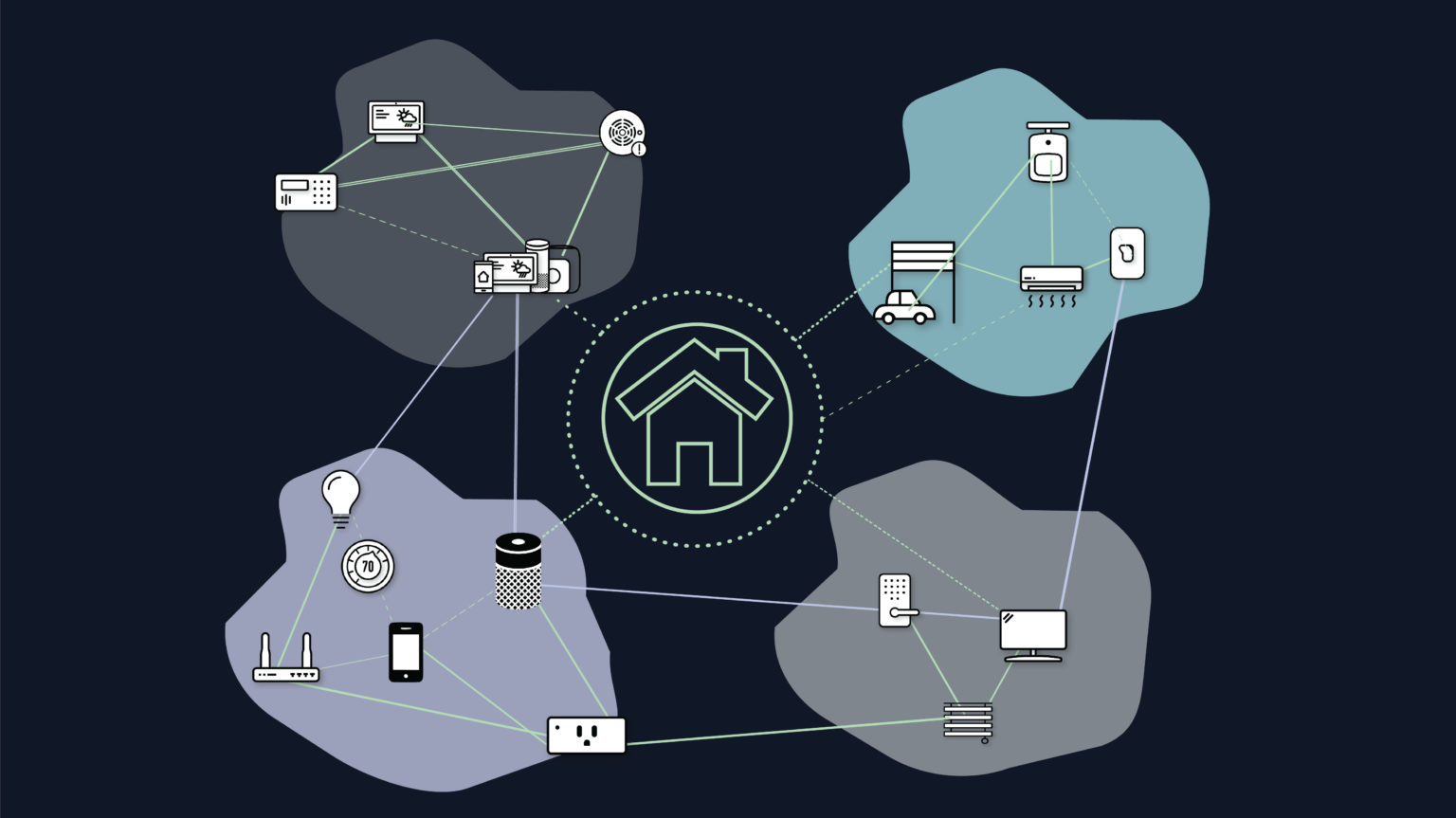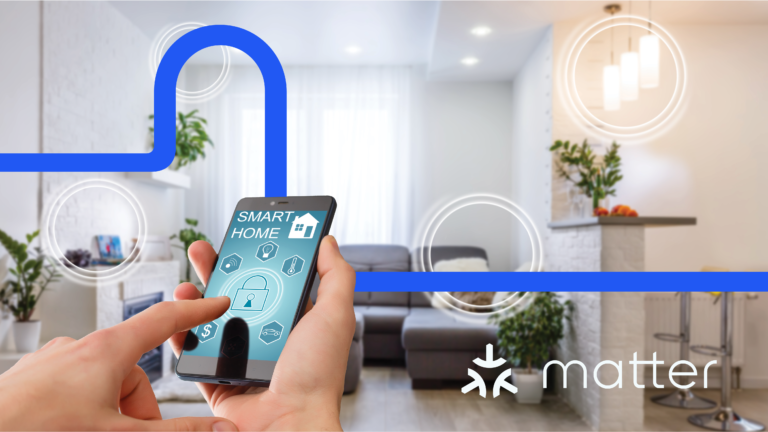Matter, as a smart home standard, would make everything about owning a smart home better. Devices could be set up with any phone, for either remote or local control, put onto any major platform (like Alexa, Google, or HomeKit) or combinations of them, and avoid being orphaned if their device maker goes out of business. Less fragmentation, more security, fewer junked devices: win, win, win.
Matter, as it exists in late 2023, more than a year after its 1.0 specification was published and just under a year after the first devices came online, is more like the xkcd scenario that lots of people might have expected. It’s another home automation standard at the moment, and one that isn’t particularly better than the others, at least how it works today. I wish it was not so.
Setting up a Matter device isn’t easy, nor is making it work across home systems. Lots of devices with Matter support still require you to download their maker’s specific app to get full functionality. Even if you were an early adopting, Matter-T-shirt-wearing enthusiast, you’re still buying devices that don’t work quite as well, and still generally require a major tech company’s gear to act as your bridge or router.

Lights that Matter, but do less
Jennifer Pattison Tuohy at The Verge has done more Matter writing, and testing, than just about anybody out there who doesn’t work for the Connectivity Standards Alliance that oversees the spec. As she puts it:
I’ve been testing Matter devices all year, and it has been the most frustrating year of my decade-plus experience with smart home devices. Twelve months in, I do not have one Matter-based device working reliably in my home. To make matters worse (yeah, I know), the one system that’s always been rock solid, my Philips Hue smart lights, is basically unusable in any of my smart home platforms since I moved it to Matter.
When the Matter upgrade for Hue lights rolled out in September, I didn’t move to switch my bulbs over. For one thing, it wouldn’t result in a net loss of limited-purpose hardware (i.e. hubs). If you wanted to move your Hue bulbs over to Matter and control them through Google’s Home app, you’d need a Google Home Hub or Home Mini to act as a Matter bridge device. The same goes for Alexa (Echo devices), Samsung SmartThings (a Hub), or Apple Home (an Apple TV or HomePod/mini). You also lose some Hue-specific function, like gradient lighting and scenes (like holiday green/red schemes). And, as Tuohy has noted, it’s likely not a more reliable network than the proprietary Zigbee setup that Hue ran on before.
The smart home and automation market is like that pretty much everywhere. Aqara offers a Matter-compliant light strip, the T1, but it requires a hub, and using Matter means you can’t use Apple’s light-sensing adaptive brightness, because Matter doesn’t support that yet. The same goes for Nanoleaf’s Matter-friendly bulbs and strips, which are Matter and Thread capable but require Nanoleaf’s own app to provide Nanoleaf’s version of adaptive lighting.

Companies treating Matter as “Apple Home but cheaper”
I have quite a few SwitchBot products in my home, and I was excited to see the company’s Hub 2 be an early Matter adopter. I started looking into upgrading my own Hub 2 to Matter, mostly as a kind of test case. But SwitchBot seems to consider Matter mostly as a means for Apple-focused homes to get access to SwitchBot devices through the Hub 2, given their explainer video and Matter page. And, as is often the case, SwitchBot devices lose a bunch of functions and features when they’re used solely on Matter, including auto-lock for door locks and calibration for blind tilts.
Lots of other companies have taken a similar route into Matter support, offering devices that can be scanned into Apple Home without an official Apple Home (previously HomeKit) badge, and so are typically much cheaper. Home/HomeKit adherents have long been stuck with whatever pricey options they’re given (unless they go the Homebridge or Home Assistant route). It’s a lot easier to sell “This gadget works with Apple Home, too” than “This device is part of a future ecosystem that’s focused on interoperability across a number of networking standards, including Threads and local Wi-Fi, with buy-in from…”
Then again, some companies seem to enjoy their perch in the Apple Home economy. Belkin does, to the point it announced it was holding off on Matter support until it could “take a step back, regroup, and rethink” its product strategy.

What Matter needs to keep moving
Matter has definitely moved ahead of where it was at launch. A 1.2 update in October added refrigerators, smoke alarms, robot vacuums, and other general household devices to the standard.
During the year, the biggest names behind the Matter standard turned the bulk of their previously siloed smart home gear into Matter and Thread routers and controllers: Google, Amazon, Apple, and Samsung. Of course, each of them now has their own schedule for supporting the device types introduced in that 1.2 specification, and most of them are looking like “Sometime in 2024” is the best they can do.
But most people don’t buy into ecosystems themselves; they buy something—a device, a tool—that is going to do a job. For Matter to become a useful thing, the store shelves, whether brick and mortar or online, have to offer so many Matter devices, with their reasonably universal compatibility, that buying something that is not Matter-compatible makes no sense. That’s a tough job for Matter’s evangelists, and to the extent they’ve been successful so far, they’re due some credit.
Right now, it’s less painful to pay the “download another app” tax than to try and pivot your house into a theoretically secure and advanced home under Matter, with all the pain that might entail. Many companies likely prefer this situation, given that app reliance allows them to pitch you sales and “reminders” through them.
If Matter can succeed in convincing companies to compete on the merits of their devices—not the incidental revenue that comes from being a single-system device provider, or phone app marketing—then in a few years, people won’t even notice that they’re simply scanning a code on their devices and adding them to whatever home control system they wish. But more than a year after Matter’s launch, the standard is having some very visible struggles—not serving as an invisible glue.
